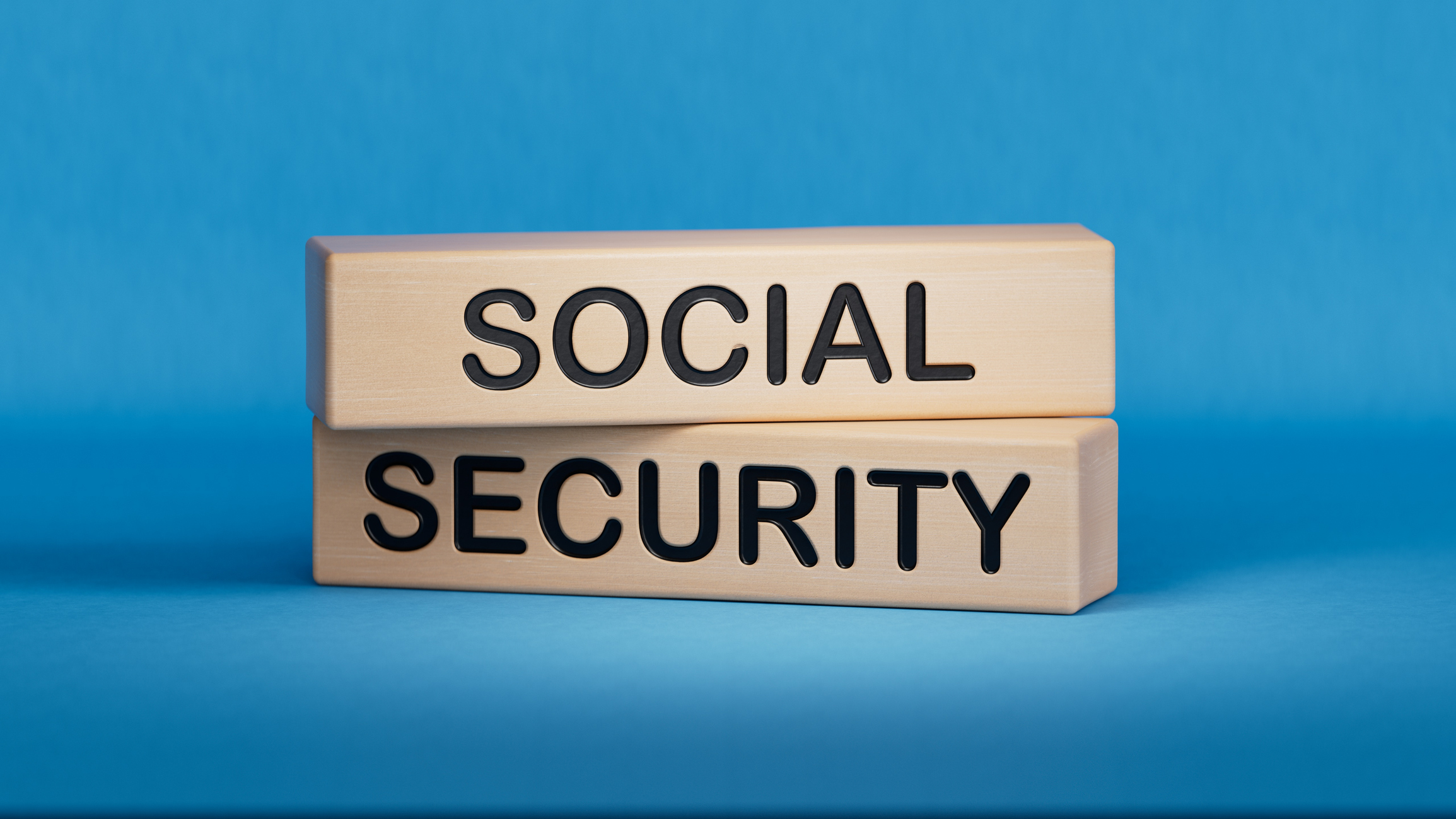Don't Miss the April 1 RMD Deadline: What You Need to Know
April Fool's Day is an important required minimum distribution (RMD) deadline for some older adults and retirees.


Many older adults and retirees are concerned about when to start taking required minimum distributions (RMDs). (RMDs are the minimum amount of money that must be withdrawn from certain retirement plan accounts every year once the account holder reaches a particular age.) These distributions can have significant practical, financial, and tax implications.
However, RMD rules, which apply to several retirement savings plans, have changed.
For example, a few years ago, the SECURE Act raised the age for taking RMDs from 70.5 to 72. But when the SECURE 2.0 Act became law, the RMD age rose to 73. That raised questions for many about when RMDs were supposed to begin.
From just $107.88 $24.99 for Kiplinger Personal Finance
Become a smarter, better informed investor. Subscribe from just $107.88 $24.99, plus get up to 4 Special Issues

Sign up for Kiplinger’s Free Newsletters
Profit and prosper with the best of expert advice on investing, taxes, retirement, personal finance and more - straight to your e-mail.
Profit and prosper with the best of expert advice - straight to your e-mail.
In any case, when it comes to when a first required minimum distribution is due, April Fool’s Day (April 1st) is an important deadline to remember. Here is more of what you need to know.
When do RMDs start? 2025 RMD start date
According to the IRS, April 1 is a key deadline for some older adults receiving their first required distribution from an IRA, 401(k), or other retirement plan.
- That’s because your first RMD can be delayed until April 1 of the year following the calendar year in which you reach age 73 (if you reach age 72 after December 31, 2022).
- Subsequent RMDs generally have to be made by December 31.
- Delaying the first required distribution can result in two RMDs in one year with the first RMD being taken by April 1 and the second by December 31.
So, for example, if you reached age 72 in 2022, you should have taken your first RMD for 2022 on or before April 1, 2023, and your second RMD by December 31, 2023. That's because the SECURE 2.0 Act, which changed the RMD age from 72 to 73, wasn't effective for 2022.
- Based on that example, RMDs received in 2023 were taxable for 2023 and should have been reported on your 2023 federal income tax return, which was due to be filed last year.
- And fast forwarding: If you received RMDs in 2024, those are taxable for the 2024 tax year (reported on tax returns being filed now, in the 2025 tax filing season).
Note: If you turned 73 last year, in 2024, the IRS delayed your first required minimum distribution (RMD) so that it is due by April 1, 2025. (If you receive your first RMD for 2024 in 2025 (by April 1), the IRS states that you must take your second RMD for 2025 by December 31, 2025.) Both distributions would then be taxable on your 2025 tax return, which is typically filed in early 2026.
Related: One Key Rule for Understanding Your 2023 RMD
Which retirement plans require RMDs?
RMD rules don’t only apply to IRAs and 401(k)s. You must also take required minimum distributions if you have a traditional SEP, SIMPLE IRA, or a workplace 403(b) or 457(b) plan.
Do Roth IRAs have RMDs? Inherited IRAs have their own set of complicated rules. Meanwhile, Roth IRA accounts are not subject to RMD requirements until after the account owner dies. As of 2024, RMDs aren’t required for designated Roth 401(k) accounts.
RMD age in 2025
The SECURE 2.0 Act increased the age at which individuals are required to take minimum distributions from their retirement accounts. Starting on Jan. 1, 2023, individuals are required to take these distributions at age 73 instead of the previous age of 72. This is an important RMD rule change. Additionally, the RMD age will eventually rise to 75.
Delays in the age for taking RMDs raise tax implications and can present practical challenges. The latter can be particularly significant for retirees with lower incomes, who typically use RMDs to cover living expenses.
As a result, it is important to consider how any RMD changes could impact you and plan accordingly.
Avoiding RMD penalties
In the past, failing to meet the RMD deadline would result in a steep 50% penalty. However, with the introduction of SECURE 2.0, the RMD penalties have been reduced.
Now, the penalty is a 25% excise tax on the late RMD or RMDs that do not meet the minimum amount. If you correct the RMD within a specific time (i.e., by the end of the second year after the RMD was due), the penalty can be as low as 10%.
Managing your RMDs: What you can do
It is important to know that required minimum distributions (RMDs) are taxed as ordinary income for federal tax purposes. State taxes may also apply, resulting in potentially significant tax consequences.
For instance, RMDs can push you into a higher federal tax bracket, which could result in a larger portion of your Social Security income being subject to tax. Alternatively, you may pay more for Medicare Part B or Part D if you are in a higher income tax bracket.
If you have concerns about how your RMDs (or failure to take an RMD) will impact your taxes, it's important to consult a trusted financial adviser or tax professional.
The IRS also provides information on RMDs, including answers to frequently asked RMD questions, on its website.
Related
Profit and prosper with the best of Kiplinger's advice on investing, taxes, retirement, personal finance and much more. Delivered daily. Enter your email in the box and click Sign Me Up.

Kelley R. Taylor is the senior tax editor at Kiplinger.com, where she breaks down federal and state tax rules and news to help readers navigate their finances with confidence. A corporate attorney and business journalist with more than 20 years of experience, Kelley has covered issues ranging from partnerships, carried interest, compensation and benefits, and tax‑exempt organizations to RMDs, capital gains taxes, and income tax brackets. Her award‑winning work has been featured in numerous national and specialty publications.
-
 My Top 10 Stock Picks for 2026
My Top 10 Stock Picks for 2026Each year, we ask an expert to pick 10 stocks that have the potential to beat the market over the next 12 months. Here are his choices for 2026.
-
 Special Report: The Future of American Politics
Special Report: The Future of American PoliticsThe Kiplinger Letter The Political Trends and Challenges that Will Define the Next Decade
-
 We're Still Bullish on Stocks
We're Still Bullish on StocksWe're still bullish on stocks for 2026, but now is the time for investors to pull in their horns and dial down risk.
-
 Retirees in These 7 States Could Pay Less Property Taxes Next Year
Retirees in These 7 States Could Pay Less Property Taxes Next YearState Taxes Retirement property tax bills could be up to 65% cheaper for some older adults in 2026. Do you qualify?
-
 Estate Tax Quiz: Can You Pass the Test on the 40% Federal Rate?
Estate Tax Quiz: Can You Pass the Test on the 40% Federal Rate?Quiz How well do you know the new 2026 IRS rules for wealth transfer and the specific tax brackets that affect your heirs? Let's find out!
-
 5 Types of Gifts the IRS Won’t Tax: Even If They’re Big
5 Types of Gifts the IRS Won’t Tax: Even If They’re BigGift Tax Several categories of gifts don’t count toward annual gift tax limits. Here's what you need to know.
-
 The 'Scrooge' Strategy: How to Turn Your Old Junk Into a Tax Deduction
The 'Scrooge' Strategy: How to Turn Your Old Junk Into a Tax DeductionTax Deductions We break down the IRS rules for non-cash charitable contributions. Plus, here's a handy checklist before you donate to charity this year.
-
 Are You Middle-Class? Here's the Most Tax-Friendly State for Your Family
Are You Middle-Class? Here's the Most Tax-Friendly State for Your FamilyTax Tips We found the state with no income tax, low property tax bills and exemptions on groceries and medicine.
-
 Social Security Benefits Quiz : Do You Know the IRS Tax Rules?
Social Security Benefits Quiz : Do You Know the IRS Tax Rules?Quiz Social Security benefits often come with confusing IRS tax rules that can trip up financially savvy retirees and near-retirees.
-
 How Are I Bonds Taxed? 8 Common Situations to Know
How Are I Bonds Taxed? 8 Common Situations to KnowBonds Series I U.S. savings bonds are a popular investment, but the federal income tax consequences are anything but straightforward.
-
 Capital Gains Tax Quiz: How Well Do You Really Know IRS Investment Tax Rules?
Capital Gains Tax Quiz: How Well Do You Really Know IRS Investment Tax Rules?Quiz Take our capital gains tax quiz to test your investment taxes knowledge. Learn about loss rules, holding periods, and tax incentives that could impact your savings.